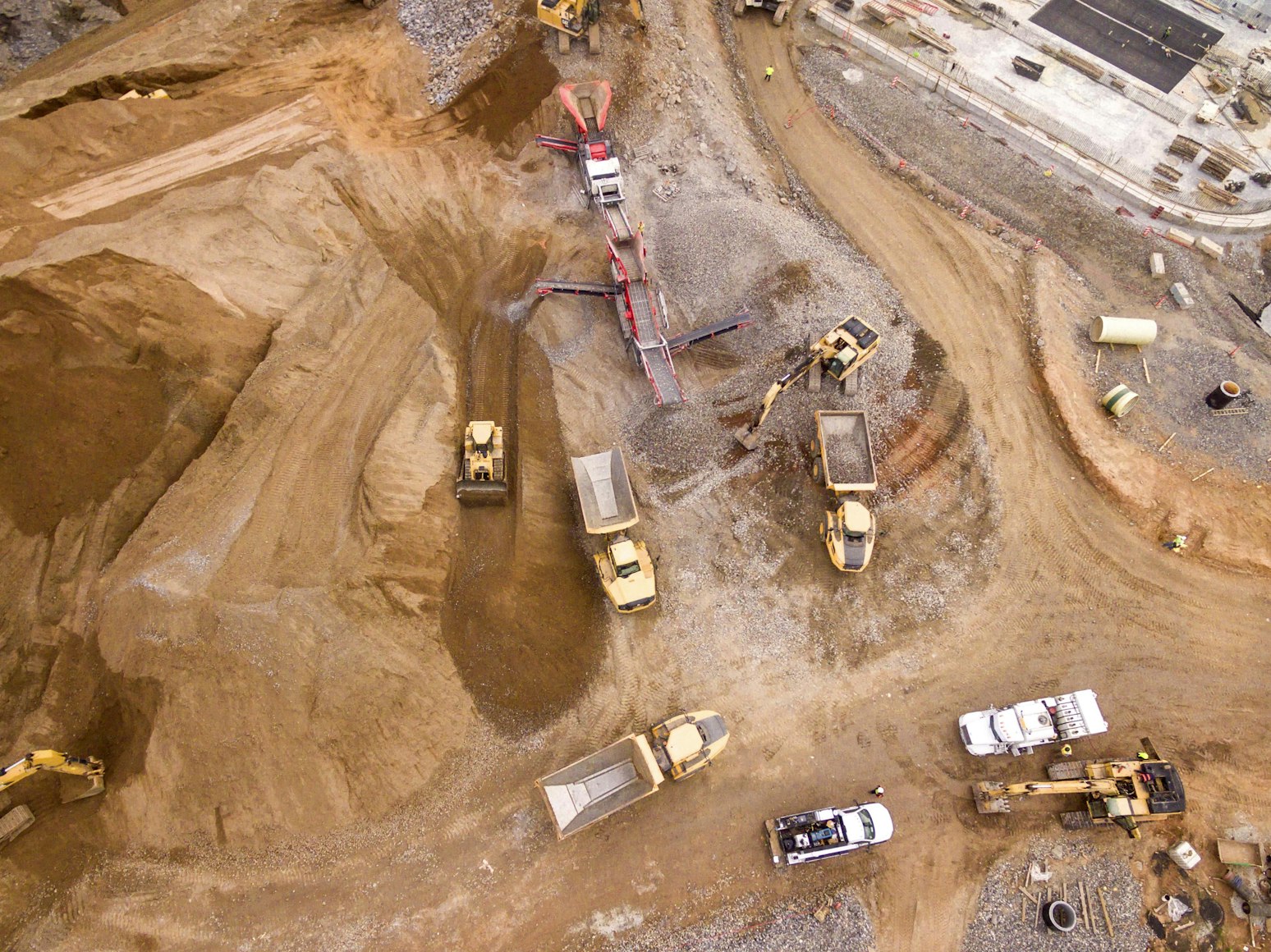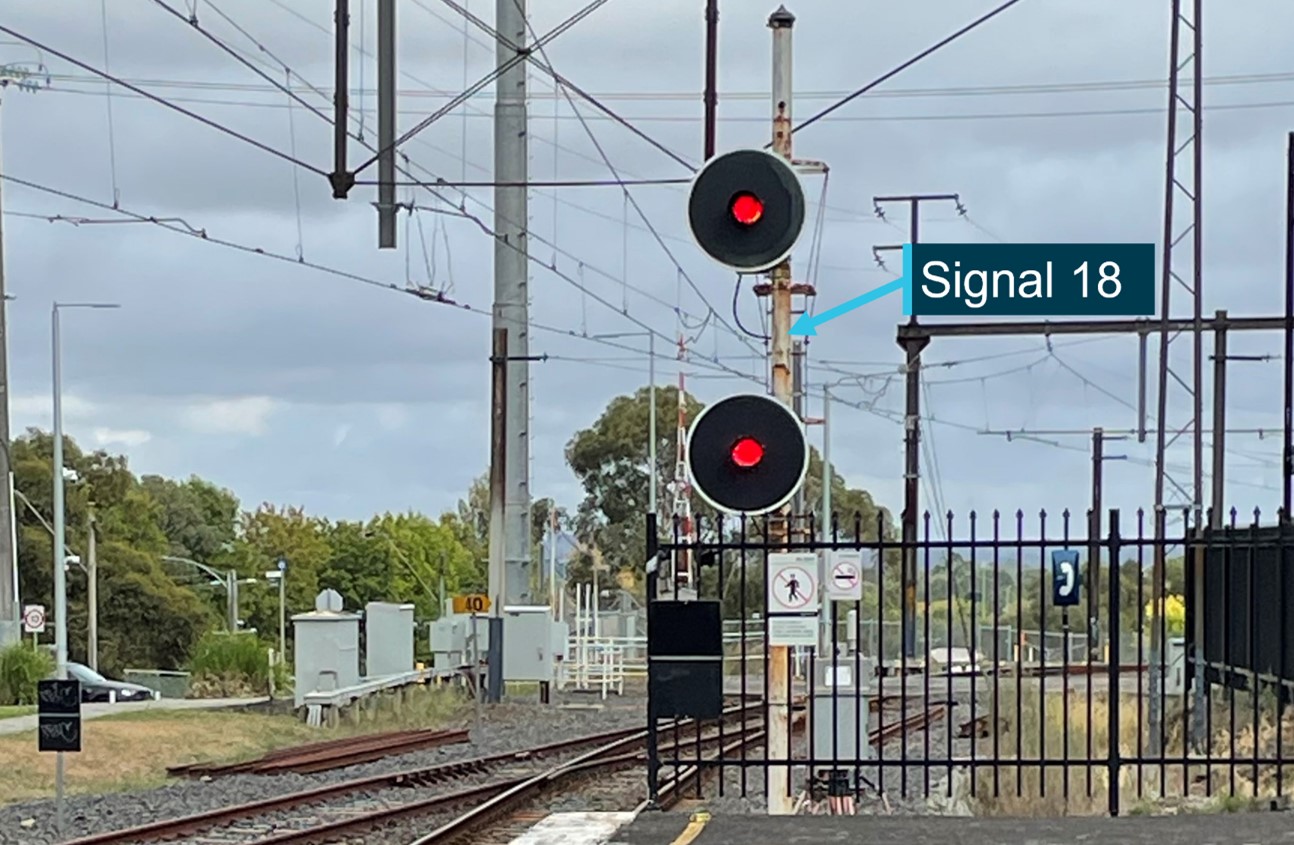Australia’s office markets remain strong, with Sydney and Melbourne CBDs at less than four per cent vacancies and strong tenant demand in most other markets.
Office vacancy rates fell in five of the eight capital city markets surveyed while more than one million square metres of new office space prepares to come onto the market this year, according to the Property Council Australian Office Market Report for January 2020.
The report shows the national vacancy rate decreased marginally over the last six months to 8.3 per cent compared to 8.4 per cent in the previous period.
The CBD vacancy rate was stable at 8 per cent, while non-CBD vacancy decreased to 9.1 per cent driven by increased demand which was at its strongest level in eight years.
“Our office markets are a great economic barometer of our cities and these numbers show good demand for quality office space in most centres around the country,” said Ken Morrison, Chief Executive of the Property Council of Australia.
“Our tight markets of Melbourne and Sydney have remained super tight and we have witnessed healthy demand for office space in most other markets.
“While the Australian economy has been growing more slowly, the underlying fundamentals of our office markets appear strong.
“Net tenant demand actually fell somewhat in Sydney and Melbourne over the past six months, but in such tight markets it is difficult for existing businesses to grow or for new businesses to find space.
“Through 2020 over 680,000 sqm of new office space will come onto CBD markets, with 80 per cent of this in Sydney and Melbourne where we need it most.
“The Melbourne CBD will account for 57 per cent of the new space coming online in the CBD markets over 2020, making it our biggest expanding CBD office market in the country.
“Almost a quarter of the new supply for non-CBD markets over 2020 will be delivered in Parramatta and setting a new record for tenant absorption of office space in that market,” Mr Morrison said.
Highlights
- Melbourne and Sydney CBDs continue to lead the way with vacancy rates of 3.2 per cent and 3.9 per cent respectively. However, other capital city markets including Hobart, Canberra, Darwin and Perth reported declines in vacancy rates. Hobart now has the third-lowest CBD vacancy rate at 4.1 per cent.
- In five of the eight CBD markets surveyed, tenant demand increased with the largest gains recorded in Perth, Canberra, Brisbane, Hobart and Darwin which all recorded demand more than double their historical average. Negative demand was reported in Adelaide, Melbourne and Sydney.
- A total of 236,139 sqm of stock was added to CBD markets in the six month period surveyed, in line with the historical average. Net absorption for the CBD office market was 48,305 sqm, less than half the historic average of 98,688 sqm. Another 179,190 sqm was withdrawn from the market, more than 40 per cent higher than the historic average.
- East Melbourne was the best performing non-CBD market with 2.4 per cent vacancy, followed by Parramatta (3.2 per cent) and Chatswood (3.7 per cent).
- Net absorption and additions in non-CBD markets were above historical averages. Net demand of 47,201 sqm in Parramatta was at its strongest level ever, over eight times the historic six month average.
- 1,003,670 sqm of new office space will be added in 2020 – which is over 60 percent more than the historic average for 12 month supply. A total
- 71 per cent of the new supply in scheduled to come online in 2020 for CBD markets in is already committed to, with almost 67 per cent of new space in non-CBD markets committed.
- Almost 57 per cent of new supply to come online over 2020 in the CBD markets will be added to Melbourne CBD, almost 23 per cent will be added to Sydney CBD. For the non-CBD markets, North Sydney will receive 30 per cent of the new stock and almost a quarter of the new space will be supplied to Parramatta.
Market insights
The Melbourne CBD office vacancy rate of 3.2 per cent is the lowest in the nation and at its record-low level. Almost 400,000 sqm of new supply will come to the market in 2020, the biggest annual increase in three decades for which almost 90 per cent is pre-committed.
Office vacancy in Sydney’s CBD increased slightly to 3.9 per cent mainly due to negative demand with major relocations to Parramatta and tenant consolidations. A large pipeline of premium office space is expected to come onto the market over the next few years, including 150,000 sqm in 2020, which will unlock major opportunities in the CBD.
Office vacancy increased in the Brisbane CBD to 12.7 per cent despite historically strong levels of demand. The headline vacancy figure has been influenced by the addition of the 300 George St tower to the market, but underlying demand is an extremely positive sign for the city’s economy. Absorption over the past six months has been well over double the historical average for the Brisbane CBD.
Perth’s CBD vacancy rate has fallen to 17.6 per cent, with vacancy decreases and positive tenant demand now recorded over six consecutive periods. Tenants took up 32,738 sqm of office space, more than absorbing the 23,718 sqm of new supply. An additional 19,566 sqm will be added in 2020 with no other new space projected until 2023.
Adelaide has added almost 30,000 sqm of office supply additions which has seen an increase in the CBD vacancy rate to 14 per cent. Additional supply of almost 27,000 sqm to come online this year and more than 50,000 sqm from 2022 onwards is cause for optimism about the future of the Adelaide CBD.
Canberra’s vacancy rate has fallen to 10.3 per cent, now at its lowest level in over seven years, but still above the historic average of 7.4 per cent. Strong tenant demand at a six-year high drove vacancy down over the period at 28,202 sqm. A further 79,216 sqm is projected to enter the market over the next 12 months.
Hobart’s vacancy rate has fallen to 4.1 per cent, the third-lowest of any capital city after Melbourne and Sydney. All grades of office space recorded positive demand with the highest level of tenant demand since 2006. No new space is expected to come online after 2020 and over the medium term leading to a further tightening in the market.
Vacancy in the Darwin CBD has dropped to 16.8 per cent 6,475sqm of net absorption over the past 12 months and a tightening of vacancy for A grade office space to 7.1 per cent.








